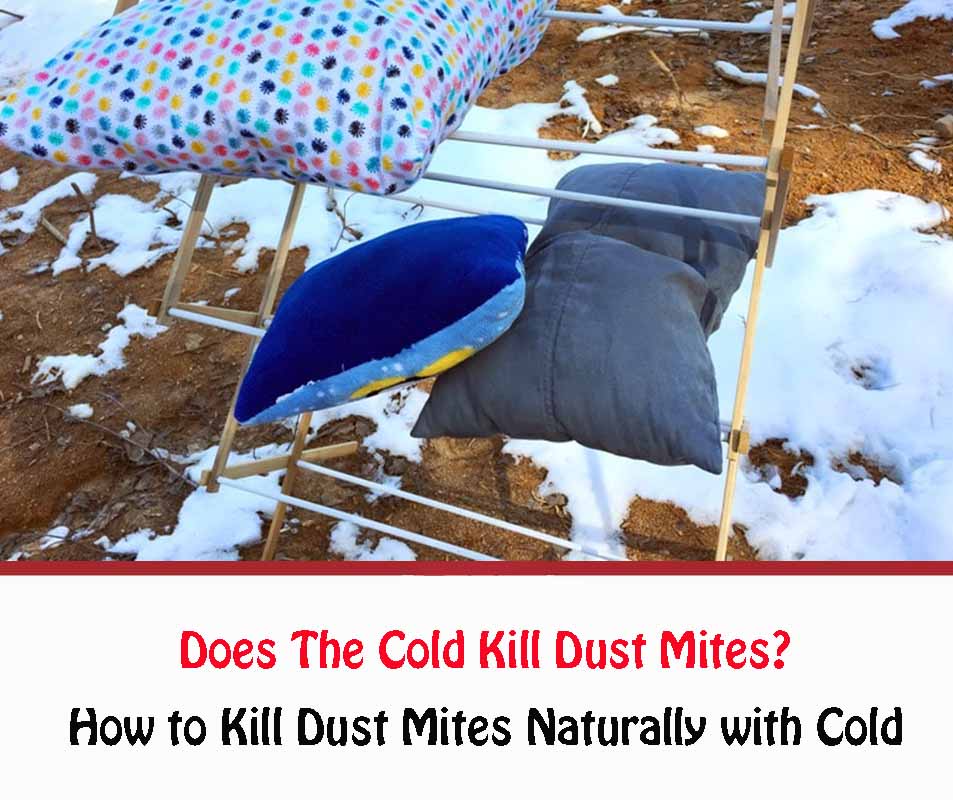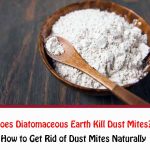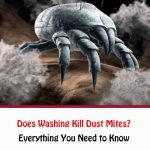Dust mites are not just insects or bugs. These little creepy crawlies are pests and parasites. And their origin is unclear. Nobody can pinpoint where these pests come from. They are “there,” like bacteria. It is everywhere and anywhere. No matter how clean your home is, dust mites are still present.
Although dust mites are less likely to stay long in a home that is always clean, mites will inevitably reappear. If you leave your house to rot and mold, then, once you enter it, the dust mites will celebrate on you. It means the mites will travel from the mold, through the air, and on to you. Why? Because you have what they need – your dead skin cells. This is a fact.
A clean house will have dust mites that cannot pester its inhabitants as much. But if you are one of those who vacuum their carpets once a year, and rarely change their bed sheets, then dust mites may even be considered your housemates.
These mites are microscopic. Unless you have eyes like Superman, who can see virtually anything however small, you will not be able to see dust mites floating around.
Mites do not have teeth. They are eyeless too. These pests do not have a mouth, but they have an opening with pincers on it. Under the microscope, dust mites look like eyeless spiders.
What do they do? Mites do not intentionally target humans, but it is in their nature to scavenge. They will travel through the air and are attracted to places or people with skin. Skin is their food, and they will scratch on you if you have skin to spare. Their scratching will not cause irritation or allergies. As they feed on you, they will release an enzyme on you – to put it bluntly; mites will poop on you! This poop is the allergen and will leave you scratching all day and night. It will even create these rashes.
How do we get rid of these pests? There are many ways to do that, and this article will shed light on the issue.
Do You Have Dust Mites in Your House?
Contents
Yes. You have dust mites in your home. No matter how clean you are, there will always be dust mites present, but they will not be severe compared to homes left to mold.
Dust mites attach themselves to people, beddings, furniture with fabric on it, carpet, stuffed toys, and rugs. They love staying on the said things because it is where dead skin cells lay around. The problem is when the dust mites travel to the host (that is you!) and release their “enzyme.” It will be a very rough day.
The mites love humid places with high moisture levels. If you have a dehumidifier, it will keep the humidity of your home down. It has to be at less than 50% because mites cannot handle dry air.
You can also have an allergen filter system installed in your home. This can help minimize the spread of dust mites.
What Cold Temperature Do Dust Mites Die At?
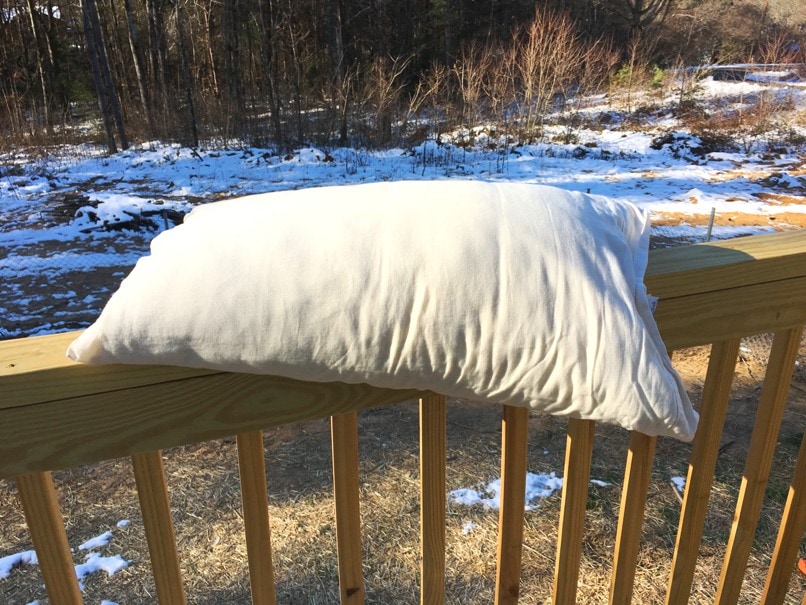
Dust mites like it when their surroundings are moisture-filled and warm at the same time. These pests do not just thrive in tropical countries. Dust mites are everywhere and anywhere. If the humidity levels of the area, your home, is high at seventy to eighty percent, mites will have a “party.” No matter how clean you are at home, mites will still be there in a calm state. You will not want them in their extreme infestation state.
The cold and dry temperature will eradicate mites. Scorching levels will also kill them. It means that at extreme levels of temperature, dust mites cannot thrive. They do want to live in a place that has a temperature of 20 to 25 degrees Celsius.
Do Dust Mites Die In Cold Weather?
Dust mites cannot live in extreme temperatures. It means that if the temperature is below 20 degrees Celsius, dust mites will die. They cannot withstand dry air, dehumidified air, and a cold environment. If it is too hot, like more than 54.4 degrees Celsius, they will also perish.
Does The Cold Kill Dust Mites?
Generally, mites die when the temperature is freezing. A controlled study confirmed that female dust mites die within 20 days if they stay in a temperature of negative fifteen degrees Celsius and then go back to their typical environment.
In this study, the female mites were placed in a home freezer for five days, and they were also provided enough sustenance to last the whole period. After the freezing phase, more than fifty percent of the mites have lasted the cold. After that, they were returned to their everyday living conditions. It was observed that the dust mites who endured the cold for five days have stopped laying eggs. One by one, the mites died within the next two weeks.
How Long Does It Take To Kill the Dust Mites By Freezing?
The study mentioned above takes about twenty days to kill dust mites in the cold to the regular environment. The mites were exposed to freezing temperatures, and most of the controlled participants survived the cold phase. After that, the dust mites that persisted have lost their ability to lay eggs, and then, one by one, these pests died. All of this happened within fifteen days, the exposure to the freezer, some mites dying in the cold, getting the mites back to their typical environment, the mites failing to reproduce, and their deaths.
Also Read: Does Febreze Kill Dust Mites?
How to Kill Dust Mites With Cold Naturally
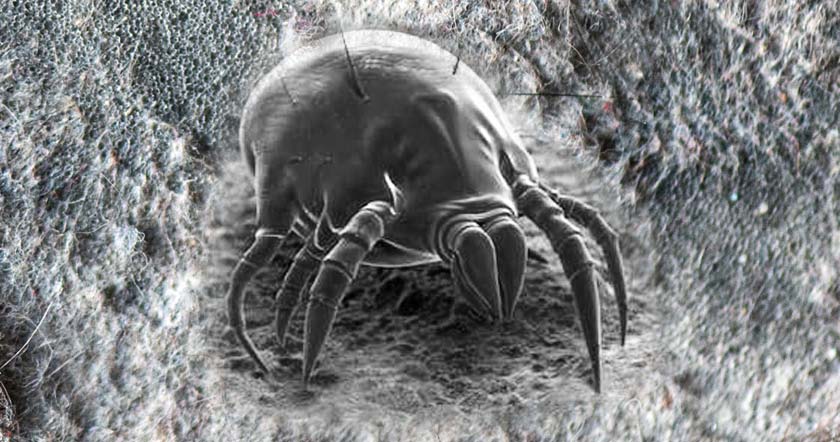
According to a recent study, dust mites (or things where dust mites thrive) must be frozen for a minimum of twelve hours at negative twelve degrees Celsius to kill it.
Final Words
It is important to remember that dust mites are bugs that leave enzymes on people that can trigger severe allergic reactions. This will cause rashes that are so serious that they can disturb your day-to-day life. You can prevent the spread of dust mites if you regularly clean your house and wash your beddings. You can also have a dehumidifier at home since dust mites cannot stand dry air.
They also cannot survive when exposed to scorching (54.4 degrees Celsius) or very cold (less than twelve degrees Celsius) environments. So, yes. The cold can kill mites, among other ways to eradicate these pests.
